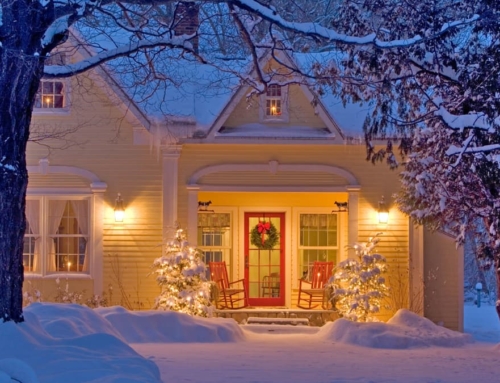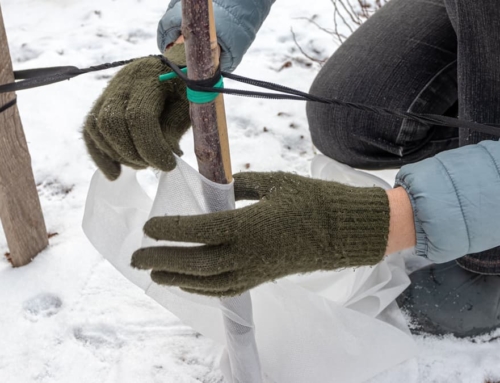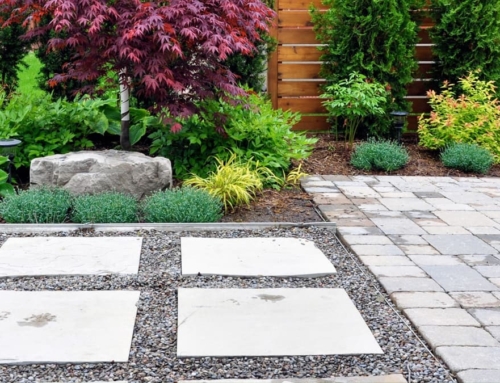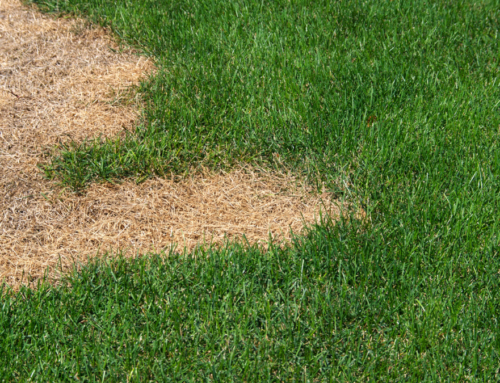HOW TO PREPARE FOR A HARD FREEZE
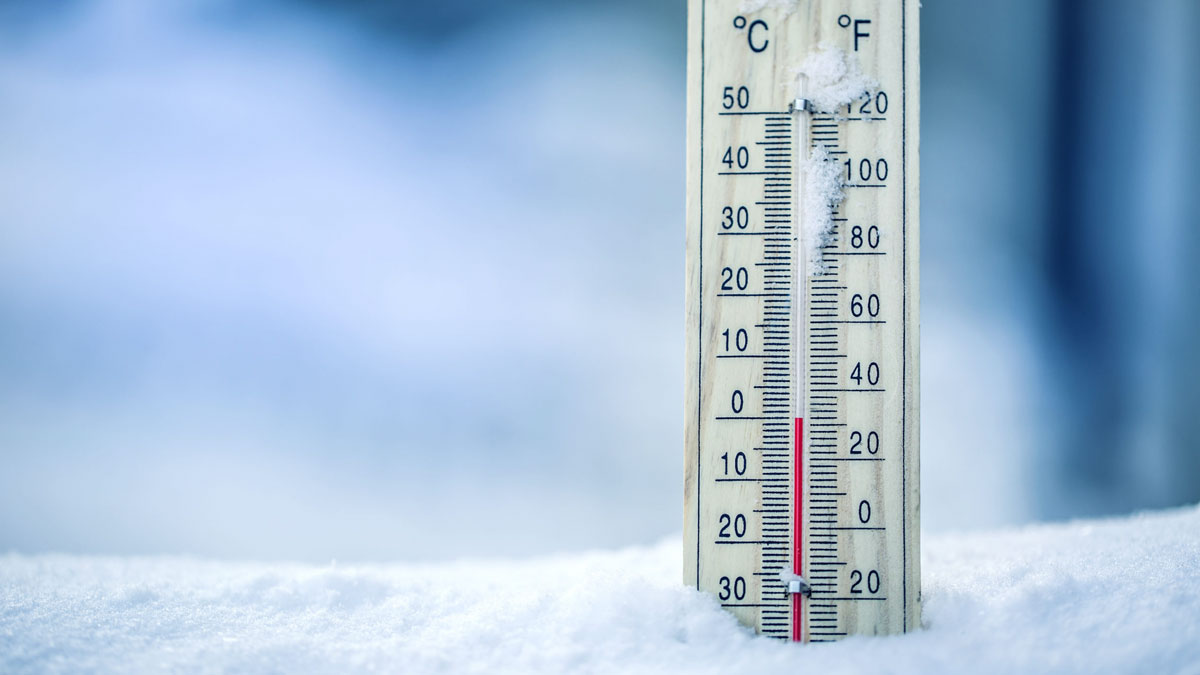
Preparing your plants and structures for the harsh conditions of Colorado winters is necessary to maintain a healthy, happy landscape. With the overnight temperatures dipping down below freezing, protecting your lawn, garden, annual flowers and sprinkler system from the harsh freezes is critical in the upcoming weeks.
Sprinkler System
You’ll need to either drain your sprinkler system or have it blown out to avoid any bursting pipes, which can lead to flooding. If you forget to winterize your sprinklers, you run the risk that water will freeze in the irrigation valves, pipes and sprinkler heads. When water freezes it expands and will cause these parts of your system to burst, ultimately destroying your sprinkler system.
It’s important to remember that it’s much less costly and labor intensive to properly and efficiently prepare the system in the fall than to repair damaged sprinklers and other components in the spring!
If you need to quickly drain your sprinkler system to avoid freeze damage, here’s a guide from The Coloradoan on how to do it yourself!
- Locate the main shut-off valve to your sprinkler system, which is usually in the basement.
- Once you turn this off, open the inlet drain valve, which will be located between the main shut-off valve and the pipe leading outside to your vacuum breaker and backflow prevention device. Place a bucket under this valve or connect a garden hose to it and direct it to the drain in the floor of your basement.
- Then go outside your house and locate your pressure vacuum breaker and backflow prevention device. These will be located above ground next to your foundation. On the device will be two petcocks (small shut-off valves). Open these up by turning them with a screwdriver. Open the backflow device outlet shut-off valve, which is the valve between your backflow device and the line going to your valve box in the ground. Then open the back-flow device inlet valve, just below the backflow device on the pipe that goes into your house and let the water completely drain.
Gardening
To protect your above ground produce from getting frost bitten you can use blankets to cover the plants overnight. If you have tomato cages available, or something similar, use them for support so the blankets aren’t directly touching the plants. Avoid directly touching the plants with plastic coverings, as this may still cause frost damage. Any produce that grows below ground is much more forgiving during a frost and should not need to be covered.
Lawn
Remember to continue watering your lawn through the month of October, and before you shut down the sprinkler system, give your grass one last deep water. Don’t worry about mowing the lawn shorter in the fall, you can leave your blade length about 2½ to 3 inches.
And just a reminder – fall is a great opportunity to fertilize. If you’re able to aerate, or already have, leave the plugs to break down in your grass. You can begin fertilizing immediately following the aeration. October and November are the best time to fertilize grass, but make sure you’re using a slow-release winterized fertilizer. Too much fertilizer can lead to yellow or brown patches of dried grass. When in doubt, hire professionals to assess your soil situation and make recommendations.
The Deck / Outdoor Furniture
Ice, snow and cold weather can be hard on decks—especially if they’re made of wood. Don’t forget to give your deck or other wooden landscape structure a thorough cleaning and apply a new layer of water-repellant finish to prevent water penetration and damage like warping and cracking.
Cover your patio furniture and grill and bring in anything that will be damaged from exposure to rain or snow.
If you have any questions, give the professionals at Detailed Landscape a call! We’re ready to help you with winterizing your landscape to keep it in peak condition all season long.


